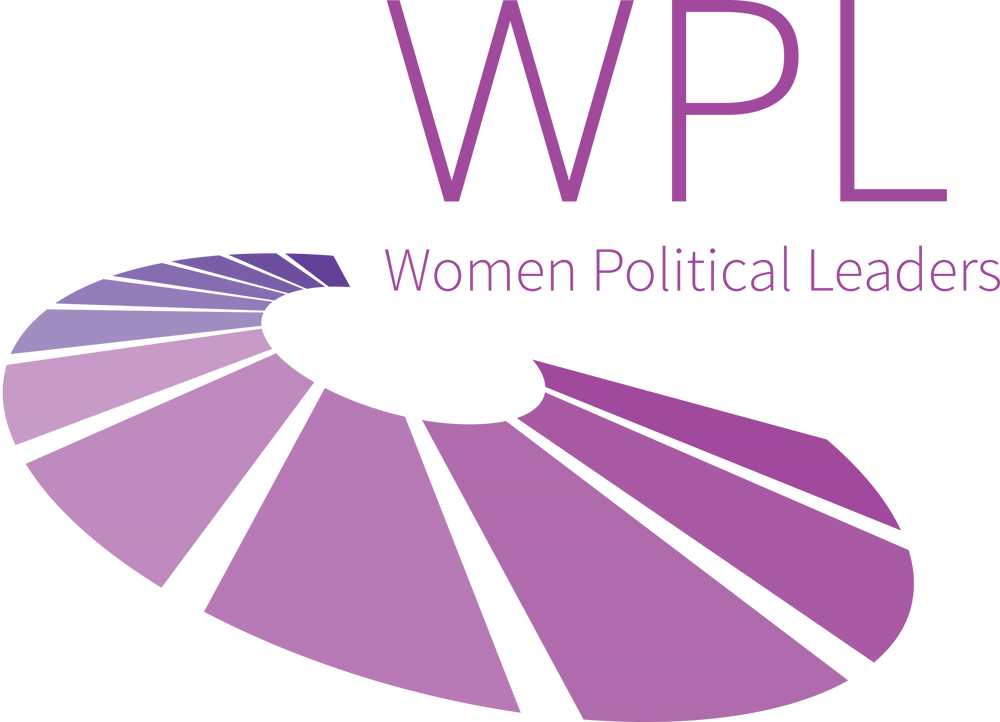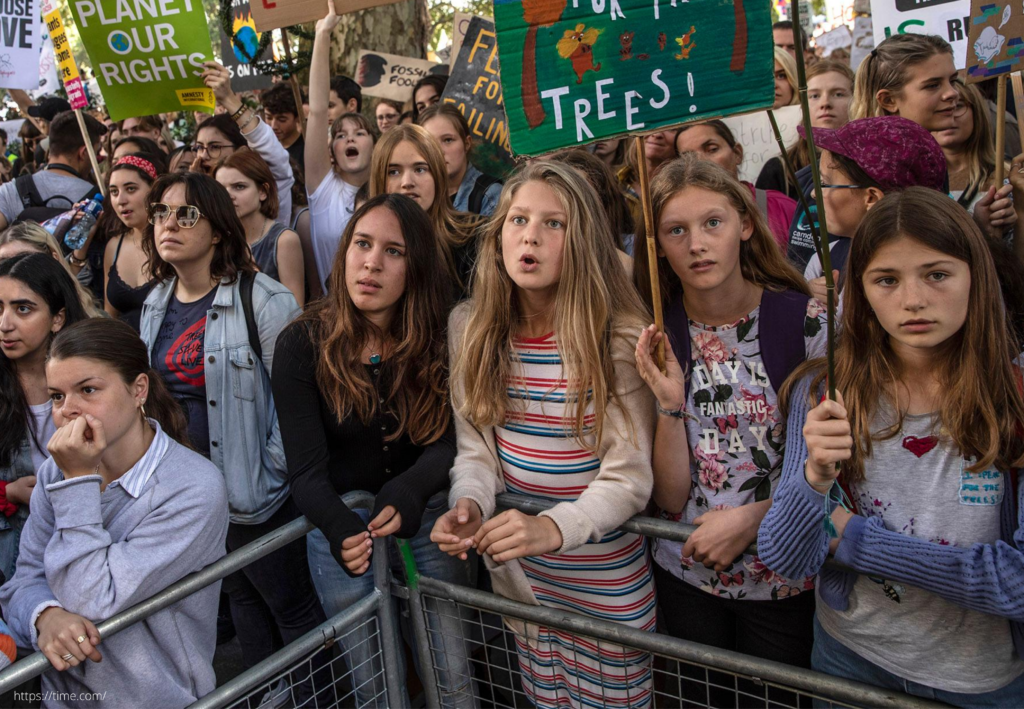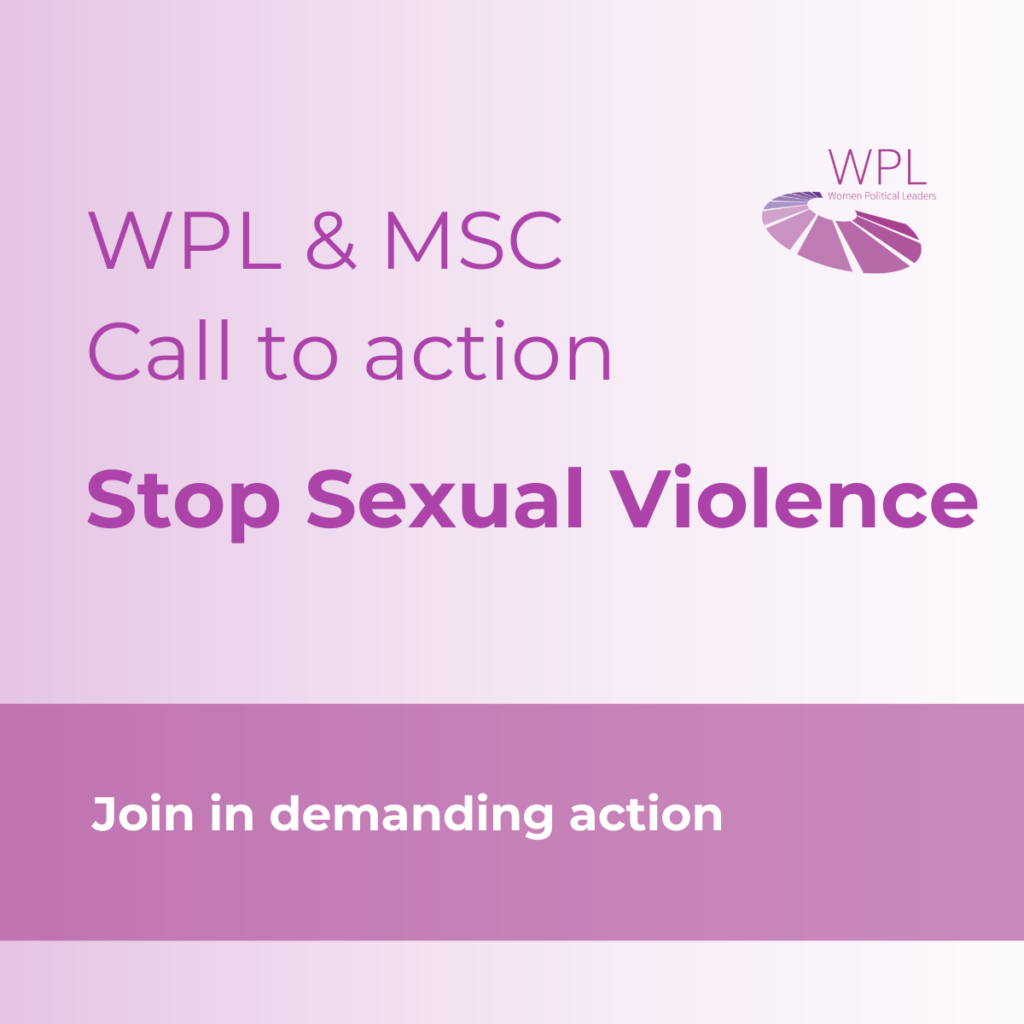What will the future look like in two years? In ten years? In fifty?
As the world grapples with the consequences of climate change, a global pandemic and more, empowering and supporting youth to enable change is the only way to build a sustainable and inclusive future. It is also the right thing to do, as younger generations will pay the greatest price for the decisions made by their predecessors.
On this International Youth Day 2020, WPL seeks to elevate the voices of youth in political processes and community development, a commitment it embodies most notably through the Girl2Leader Initiative.
WPL is joined by Ebba Hermansson, the youngest Member of the Riksdag in Sweden, Sarah J. Elago, the first female Member of the House of Representatives of the Philippines to represent the youth party-list KABATAAN, and Senator Sarah Hanson-Young, the youngest person ever popularly elected to the Australian Senate, to identify the barriers that prevent young people from being equitably represented in decision-making processes.
Realising potential
Many barriers prevent youth from engaging in political and social change:
“Young people don’t always realise their full potential and the importance of them getting involved in change making. Some may think they don’t belong in the change making process because there aren’t that many other people their own age there,” says Ebba Hermansson.
Not only must other leaders inspire young people to engage in politics, but they must provide concrete support to help youth participate in a purposeful way.
“Youth are working with, and alongside, the people at the helm of responding to the pandemic and emerging from this crisis as health professionals, researchers, relief volunteers, and key workers, but we can offer so much more given the opportunities to practice leadership,” says Sarah J. Elago.
Some barriers to accessing leadership are individualistic, however, for many women and girls they are systemic. Young women and girls face significantly larger obstacles than young men and boys when entering decision-making spheres.
“Women and girls are a driving force for change. We have all been inspired by young women bravely stepping up during times of crisis to lead huge global movements. But with bold change comes fear, and then comes trolling and abuse,” shares Senator Hanson-Young.
Finding a seat at the table
“We [youth] have the right to demand, act, and organize for change,” says Sarah J. Elago. This includes having a seat at the table in decision-making processes.
Only 2% of parliamentarians worldwide are under the age of 30. How can youth build the credibility necessary to gain a seat at the table? Ebba Hermansson notes that the first step is getting involved with a recognised organisation:
“Whether it be within their local communities or youth organisations, NGOs or think tanks, building a platform for yourself is a good way to gain recognition and to validate your candidacy.”
Youth aged 15-24 comprise 20% of the world population. Senator Sarah Hanson-Young explains why youth should be a part of decision making processes:
“We know we benefit as a society from better representation. Having more people come to the table with differing backgrounds and vantage points can only do us good.”
Confidence is key
“… confidence is a key factor in empowering young women and girls. Confidence in themselves, confidence in their own abilities. We need to keep working to provide opportunities and encouragement to grow this confidence,” affirms Senator Hanson-Young.
Building confidence is not an easy endeavor, but must be at the heart of empowering young women and girls.
“Youth are being silenced and vilified for speaking truth to power, and in pushing for inclusivity, transparency, and accountability,” notes Sarah J. Elago.
How can political leaders shift this narrative, and restore power to the voice of youth?
“We must strengthen our solidarity to protect press freedom advocates, peace-builders, and human rights and environmental defenders in the conduct of their significant work,” Sarah J. Elago suggests.
The power of listening is key to standing in solidarity with youth. “Listening to young people talking about their personal experiences can help to broaden the perspectives and inspire new ways of thinking,” says Ebba Hermansson. The voice of youth should not go unheard: engaging young people is vital to the advancement of society and will help lead to a sustainable, equitable future.
Challenging stereotypes
According to Ebba Hermansson, “The best way of getting rid of any stereotype would be to challenge it, and prove it wrong.”
However, young people should not bear sole responsibility for challenging stereotypes; people of all generations must question their perceptions on the road to progress. The first step for youth is to confront these biases through action and communication. For non-youth, the first step is to challenge their belief in these stereotypes and recognise the value of alternative perspectives.
“We must get organized with a sense of urgency for we cannot inherit a future that is no longer livable. Let us not allow any form of discrimination, abuse, exploitation, and impunity to be part of the pandemic response and recovery,” Sarah J. Elago emphasises.
So, how can current leaders help youth overcome barriers to become engaged in decision-making processes? “It is up to us, those with a platform…to create an environment for our future female leaders to thrive in,” says Senator Sarah Hanson-Young. Change begins with recognising the inequalities that are intrinsic to societal norms. Change happens when these norms are consistently confronted and reformed.




